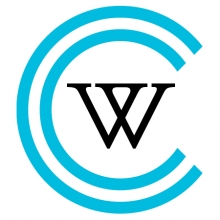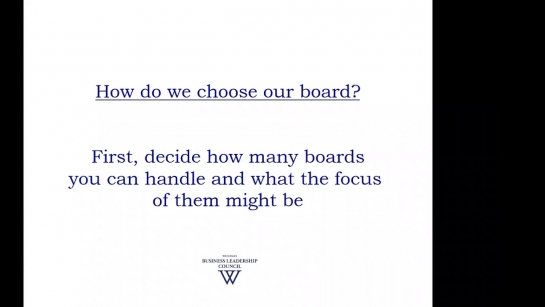Navigating the Job Search: The 4 Step Model

The four steps in this resource will help keep you focused and productive in your search. You should plan on revisiting each step as your knowledge and understanding of positions and industries grow. Each step below is outlined without a specific industry or position in mind. It is best to schedule an appointment with your Advisor for Career Exploration (ACE) or an Industry-specific Career Advisor to customize your process. The questions we have provided at each step are designed to help you reflect on your preparedness and identify what you may need to move forward in the process.
Test Preparation Book Loan Program


Wellesley Career Education has LSAT, GRE, MCAT and DAT test prep books to lend to current students planning to take one of these exams in the near term.
Artful Communication for Networking

Whenever we interact with others, we are practicing the art of communication. It is something that is best learned by trying and failing, practicing, and observing others who are skilled. When you are exploring careers and trying to find a job, you will be meeting people and building relationships. Improving your communication skills as you try to meet people who share your professional interests should be an ongoing lifelong goal.

Think of your LinkedIn profile as a virtual “resume” that includes information about your education, experiences, skills, and much more. Keep in mind that your LinkedIn profile, similar to your resume, is an opportunity to brand yourself. So before you begin building your profile, you should think about how you want to communicate your brand. Ask yourself: What sets you apart from your peers? What unique contribution do you bring to the table?
CV (curriculum vitae) Guidelines

Your CV or curriculum vitae is similar to your resume. It clearly represents your current and past experiences and accomplishments so that your reader can understand the unique value that you bring to a job/internship/academic program. A few important differences to keep in mind about your CV are outlined in this document, along with helpful tips for format and content.
How to Write Effective Resume Bullets

Writing resume bullets is often the most challenging aspect of writing a resume. Yes, settling on the best design and format and determining the most relevant experiences to highlight on your resume can take time; however, effectively describing your experience is the most important task. In many ways, this is because your bullets provide the majority of the content and context for your resume, and it is the content of a resume (i.e. the resume bullets) that will distinguish an average resume from a competitive one.
Crafting Your Pitch

A pitch is brief — think 30 seconds — and gives a quick glimpse into your background, highlights your strengths and value, clearly outlines your goals and serves to develop a relationship with your audience. A pitch sums up your unique promise of value and gives the audience a clear understanding of your motivations and goals.
Introduction to Networking

For some, the idea of networking is exciting. For others, the mere mention of the word can be anxiety provoking. In either case, it is important to know:
- Why networking is important to your lifelong career success
- What networking actually is, and what it is not
- Where you can effectively network
- Skills and strategies for networking





